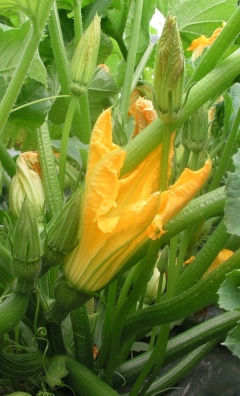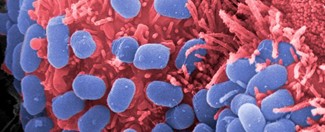
My newly completed Hoop House will be, I hope, the cure to the tomato-less summer blues.
If you have read this blog in the past I’m sure I do not need to tell you that I love Western Washington in general, and Whidbey Island specifically. The beauty of this geographic region is ideal to me. I love the fishing, clamming, crabbing and other foraging opportunities that this area alone has. The access to calm, inland waters is unsurpassed. And the climate is pretty much perfect in my mind. It is never much over the mid-70’s in the peak of summer, which is perfect for someone who’s family originated in the bogs of Ireland and Scotland. I start to wilt when the mercury climbs much above 90. I really cannot take the heat.
The one thing that has been killing me about this place is that unlike me tomatoes love heat and I love tomatoes. I have grown accustomed to a certain level of quality from my tomatoes, especially after spending the past 16 years in Napa Valley where, in my opinion, the quality of the tomatoes is at least as high as the quality of the wines. Western Washington just isn’t tomato country; it’s too cold. Case in point, last summer a good friend of mine, who also grew up here, came up to the island for the weekend. He and his very cool family come up many weekends in the season which means my family and I get a chance to hang with them quite a bit, which is a particular treat because Chuck is a great cook. Anyway, on this particular weekend he brought up a harvest of tomatoes from his garden in Seattle. He says to me “Hey, I brought up our tomatoes, check them out, they are in a bowl on the counter in the kitchen.” So, with visions a huge salad bowl brimming with ripe, pound-and-a-half Marvel Stripe and Brandywine tomatoes dancing through my mind I practically ran to the kitchen… where I found a little cereal bowl with about a dozen tomatoes in it, the biggest of which is smaller than a tennis ball. I know that he was trying, but for the love of God, this is simply not acceptable. (more…)
Read Full Post »








